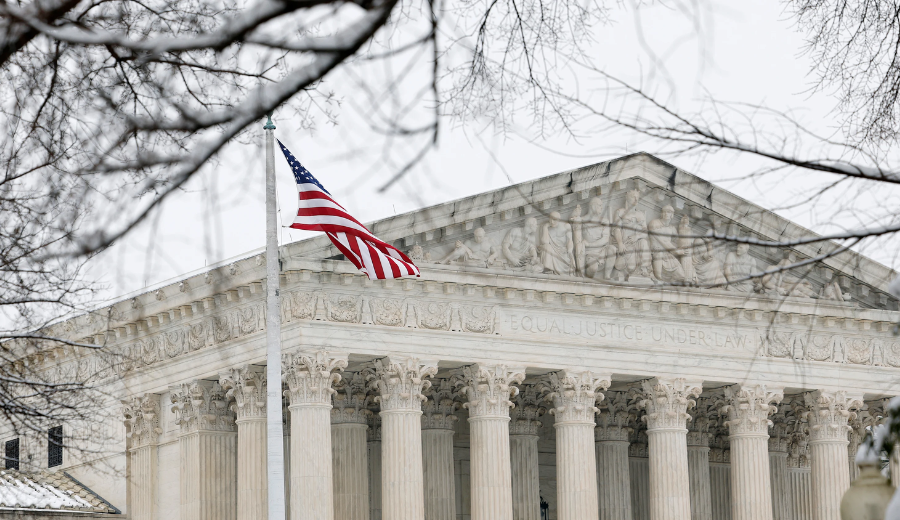In a significant and controversial decision, the U.S. Supreme Court has permitted the enforcement of former President Donald Trump’s executive order banning most transgender individuals from serving in the military. The ruling, issued on May 6, 2025, allows the policy to take effect while ongoing legal challenges continue in lower courts.
Background of the Ban
The policy stems from Executive Order 14183, titled “Prioritizing Military Excellence and Readiness,” signed by President Trump on January 27, 2025. The order directs the Department of Defense to revise its policies to exclude individuals who identify with a gender different from their biological sex from military service, citing concerns over unit cohesion and military effectiveness.
Legal Challenges and Supreme Court Decision
The executive order faced immediate legal challenges. In March 2025, U.S. District Court Judge Ana Reyes issued a nationwide preliminary injunction in Talbott v. Trump, blocking enforcement of the ban. Judge Reyes held that the ban violates the constitutional guarantee of equal protection because it discriminates based on a person’s transgender status and sex.
Despite the injunction, the Supreme Court’s recent decision allows the Trump administration to enforce the ban while legal proceedings continue. The Court’s order was issued without explanation, lifting the previous injunction that had blocked the ban. Justices Elena Kagan, Sonia Sotomayor, and Ketanji Brown Jackson dissented.
Impact on Transgender Service Members
The enforcement of the ban could lead to the dismissal of experienced transgender service members. Defense Secretary Pete Hegseth has directed military branches to identify and remove transgender members, a move criticized by LGBTQ advocacy groups as prejudiced rather than performance-based.
An estimated 15,000 transgender individuals currently serve in the U.S. military. The policy’s implementation raises concerns about the rights and recognition of these service members, many of whom have served honorably and without issue since transgender people were allowed to serve openly starting in 2016 under President Obama.
Broader Implications
The Supreme Court’s decision is part of a broader set of actions by the Trump administration targeting transgender rights, including restricting gender marker updates on federal IDs and threatening funding cuts to hospitals providing gender-affirming care.
Advocacy groups like Lambda Legal and the Human Rights Campaign have condemned the ruling, asserting it is rooted in prejudice rather than military readiness. They remain confident the ban will ultimately be overturned.
Looking Ahead
Legal challenges to the ban continue, with a final resolution likely months away. The Supreme Court’s decision allows the policy to proceed pending a final decision from the Ninth Circuit Court of Appeals.
















